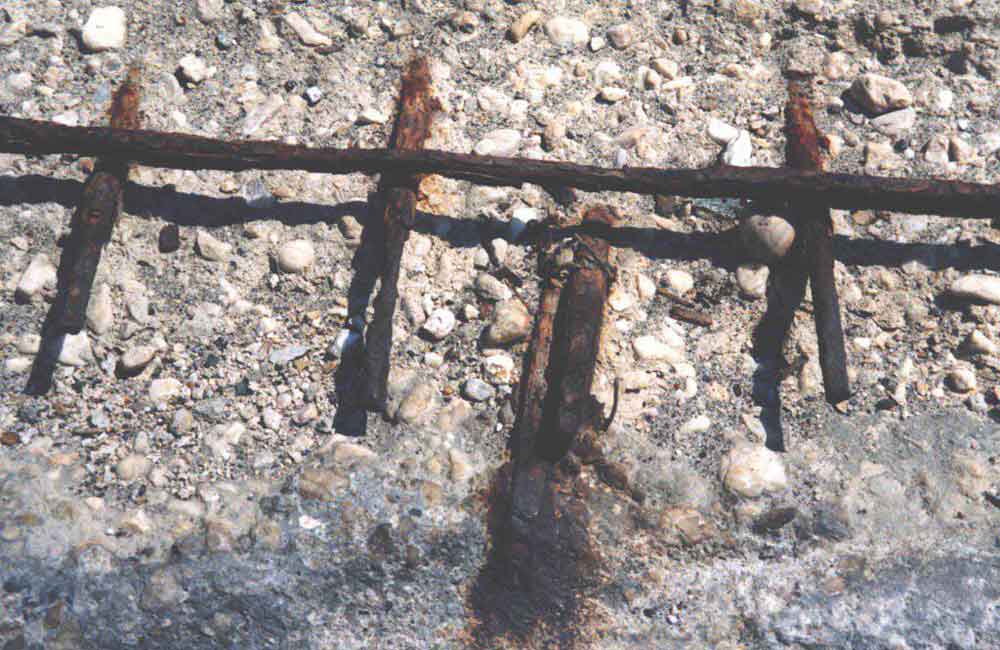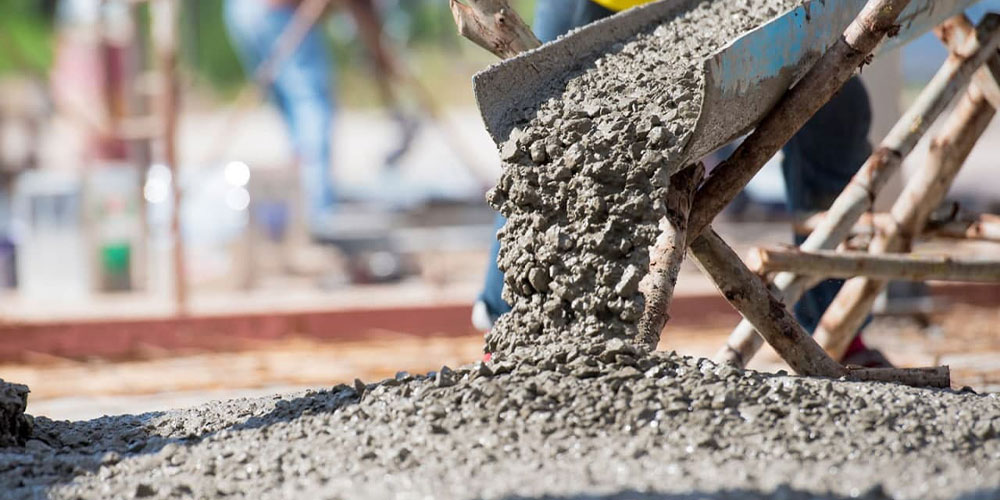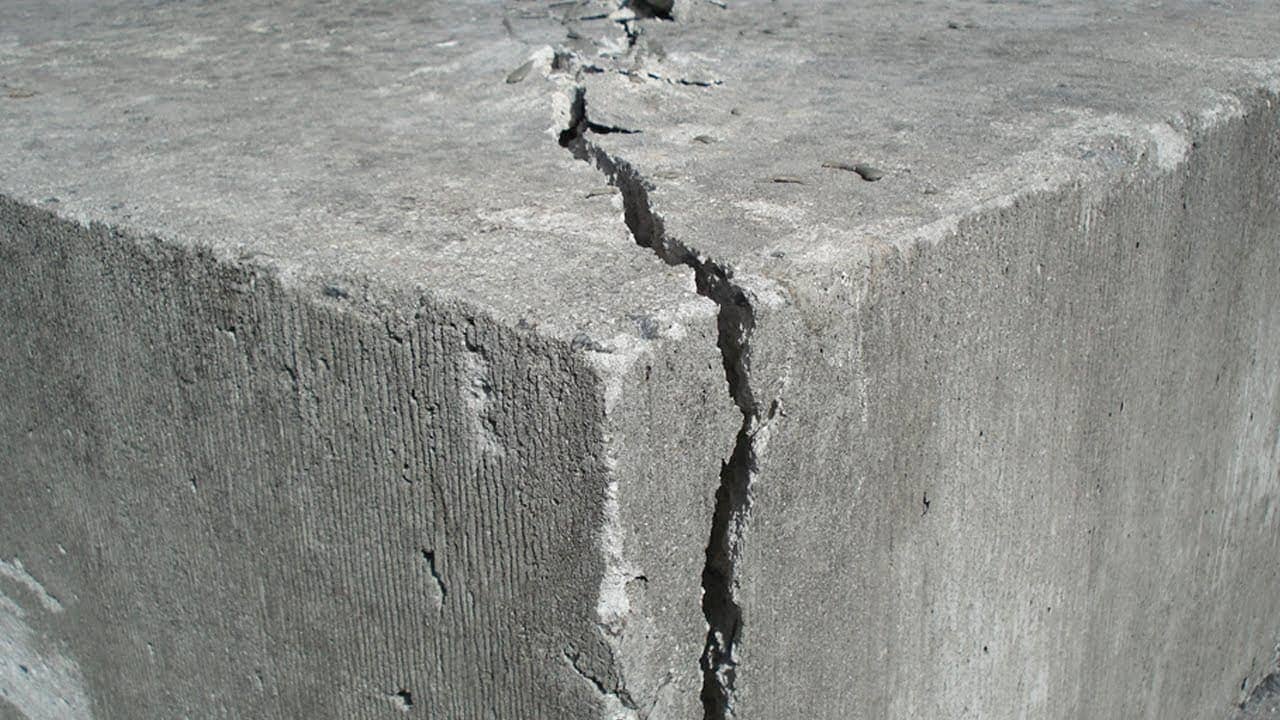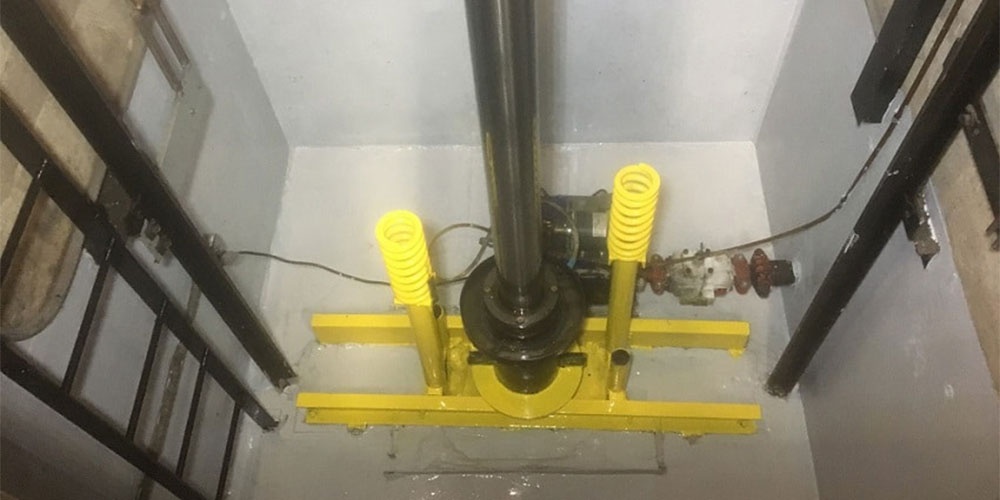Corrosion of reinforcement can occur in non-carbonated concrete due to the presence of chlorides, known as chloride corrosion.
The presence or mixing of chlorides occurs due to their addition to the concrete mix, aggregates, water, or due to infiltration from an external source into the hardened concrete.
When salt dissolves in water, it quickly dissociates into electrically charged particles called ions, and negatively charged chloride ions (iron oxide layer) eliminate the existing charge on the surface of the reinforcement.
A high percentage of chlorides present at the time of concrete mixing may combine with materials resulting from hydration and may not be available for activation. On the other hand, chlorides that enter the concrete may widely convert into free ions and become available for activation.
Chloride ions in concrete exist in two forms: free and bound. Bound chloride ions combine with the hydration products in the cement paste, particularly with tricalcium aluminate, while free chloride ions are primarily responsible for causing damage to reinforcement, leading to steel corrosion.
Chloride-induced rust formation can cause cracking and spalling of concrete due to the significant volume expansion of rust over time.
To prevent rebar corrosion, products such as NSG’s waterproofing adhesive and Z90 resin can be used, which, when mixed into the slurry and applied to concrete surfaces, provide 100% waterproofing. Additionally, the N50 adhesive and additive can be added to the concrete at a rate of 2% by weight of cement, significantly reducing permeability while greatly enhancing strength.









